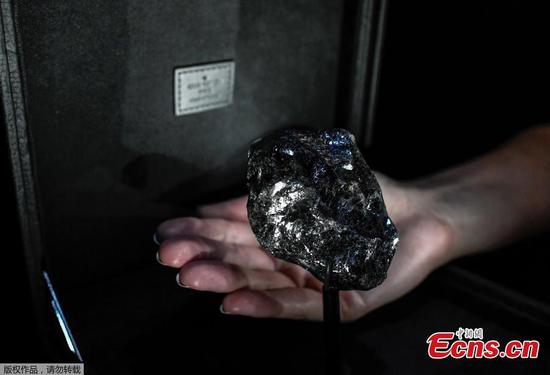U.S. space agency NASA announced Monday that NASA and the European Space Agency (ESA) will launch a new spacecraft to snap the first pictures of the sun's north and south poles.
The spacecraft Solar Orbiter is scheduled to be launched from Cape Canaveral in Florida on Feb. 7, on a United Launch Alliance Atlas V rocket. It will use the gravity of Venus and Earth to swing itself out of the ecliptic plane so that it can take a first-ever bird's eye view at the sun's poles.
The ecliptic plane is the swath of space, roughly aligned with the sun's equator, where all planets orbit.
"Up until Solar Orbiter, all solar imaging instruments have been within the ecliptic plane or very close to it," said Russell Howard, space scientist at the U.S. Naval Research Lab. "Now, we'll be able to look down on the sun from above."
The only prior spacecraft to fly over the sun's poles was the Ulysses spacecraft developed by NASA and ESA. It was launched in 1990 and retired in 2009. Ulysses never got closer than Earth-distance to the sun and only carried instruments that measure the space environment immediately around the spacecraft.
Solar Orbiter will pass inside the orbit of Mercury carrying four in situ instruments and six remote-sensing imagers, which see the sun from afar, according to NASA.
Over the mission's seven-year lifetime, Solar Orbiter will reach an inclination of 24 degrees above the sun's equator, increasing to 33 degrees with an additional three years of extended mission operations. At closest approach the spacecraft will pass within 26 million miles (42 million kilometers) of the sun.
It has a titanium heat shield with a calcium phosphate coating that withstands temperatures over 480 degrees Celsius.
The Solar Orbiter is expected to have a straight-on view on solar winds from solar poles, thus resulting in more accurate data. Also, it may find what makes the 11-year cycle of sunspot waxes and wanes.
Solar Orbiter will be NASA's second major mission to the inner solar system in recent years, following the launch of Parker Solar Probe in 2018.


















































